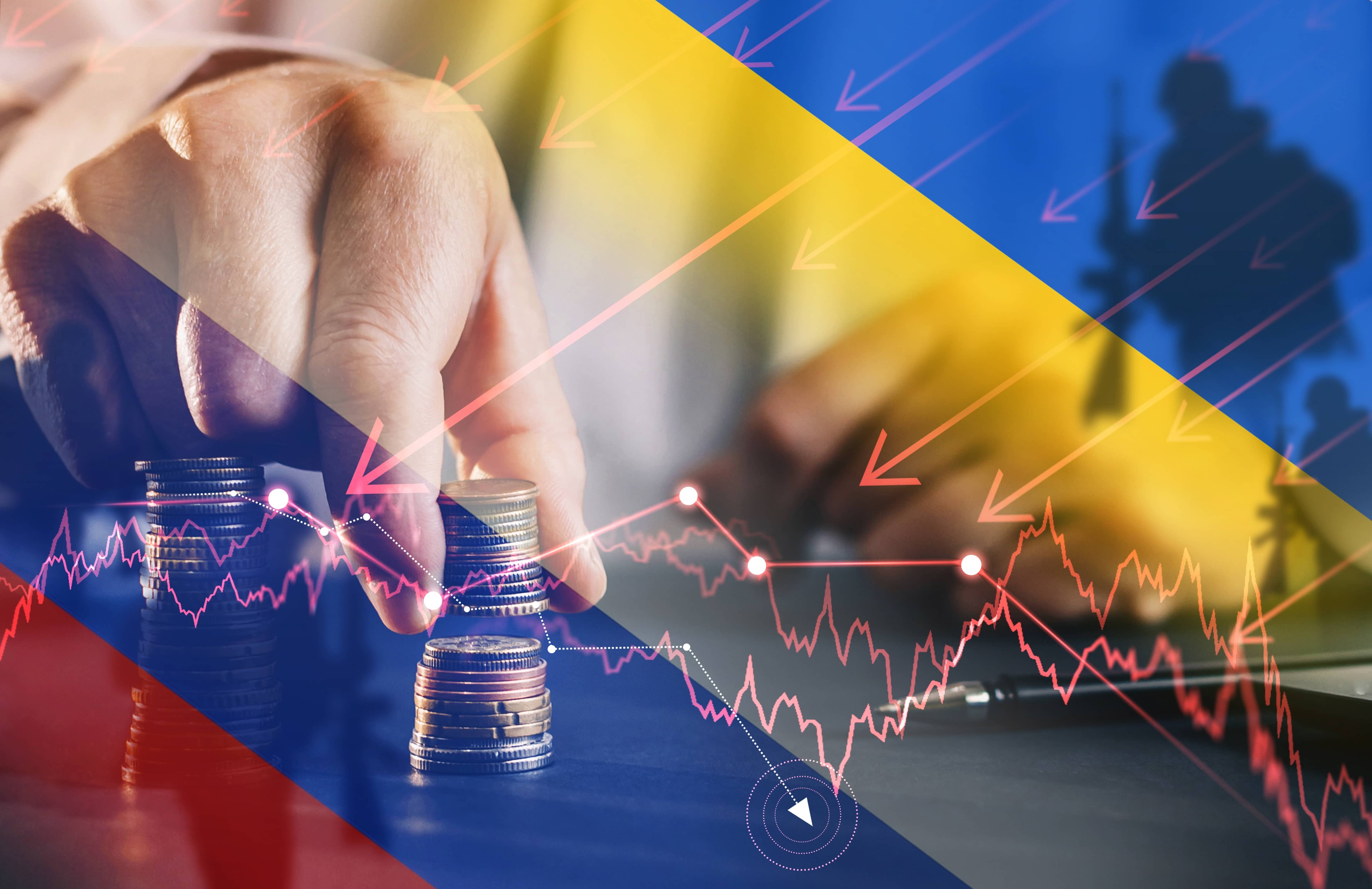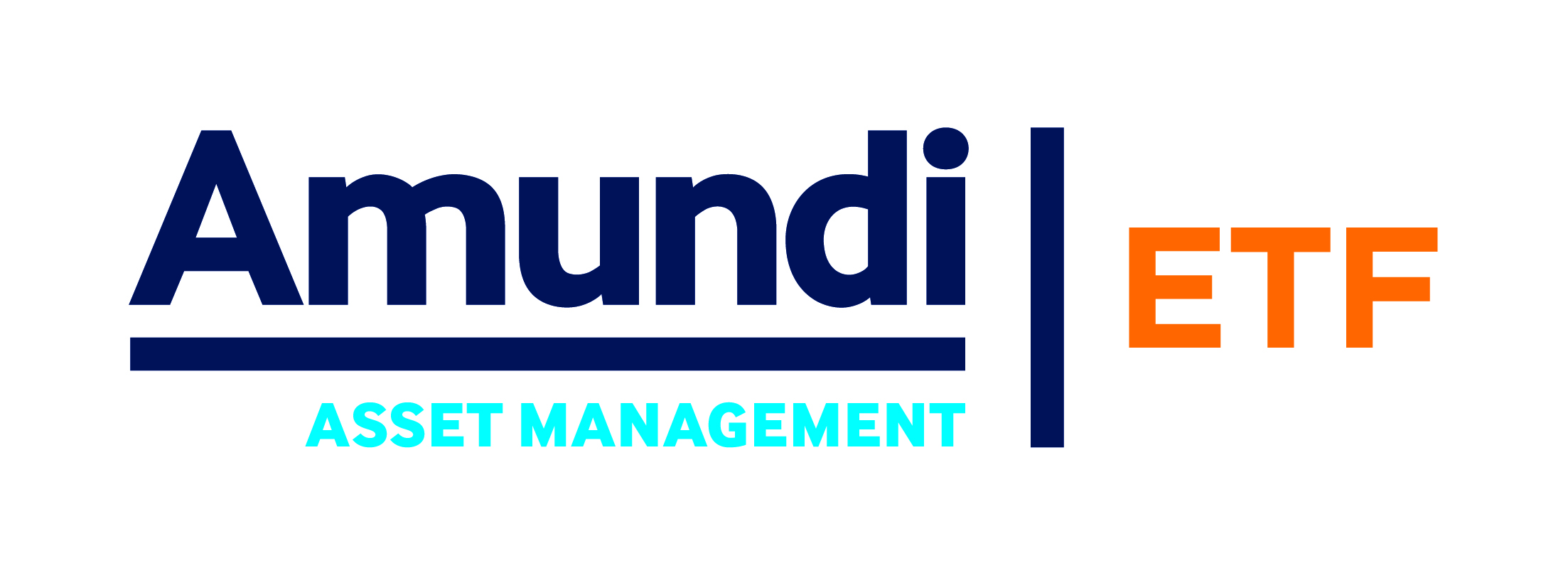Despite the shift towards more granular ETF exposures in emerging markets, the recent collapse of the Russian economy following Moscow’s war in Ukraine shows why a diversified approach is often superior.
A growing trend over the past decade in the European ETF market has been for issuers to offer investors specific exposures within emerging markets, most notably single-country strategies in growing markets such as China, Taiwan, Brazil and Russia. This has largely been in response to increased demand for these types of strategies.
According to a recent survey conducted by ETF Stream and Amundi last December, some 40% of respondents said they plan to be more targeted with their emerging market allocations while 28% stated they would be “somewhat” targeted and 32% said they would not be.
Highlighting this growth, there are now two China equity ETFs in Europe with over $1bn assets under management (AUM), the $1.7bn iShares MSCI China A UCITS ETF (CNYA) and the $1.6bn Xtrackers MSCI China UCITS ETF (XCS6).
Furthermore, there are as many as five equity ETFs in Europe from BlackRock, HSBC Asset Management, DWS, Amundi and Invesco which offer exposure to the Russia market which are currently suspended due to the current state of the economy.
While this is an extreme example of a country at war with its neighbour, it does serve to highlight the idiosyncratic risks of investing in emerging markets.
Taking the ongoing China-Taiwan dispute as another example. Although the consensus is the Russia-Ukraine war has displayed the political and economic cost of invading a neighbour state, this does not mean the situation in the region cannot exacerbate.
Along with China ETFs, Taiwan ETFs have also captured the attention of investors, mainly due to the country’s ballooning semiconductor industry. The largest ETF of the four single-country strategies is the iShares MSCI Taiwan UCITS ETF (ITWN) which has $501m AUM.
Despite this, both economies are vulnerable to escalating tensions in a region with China’s President Xi Jinping previously stating that “reunification must be fulfilled” with Taiwan.
In contrast, broad-based emerging market ETFs significantly reduce idiosyncratic risks. Europe’s largest emerging market ETF, the $16.5bn iShares Core MSCI Emerging Markets IMI UCITS ETF (EIMI), for example, currently has a 25.7% weighting to China, a 16.5% weighting to Taiwan as well as 15% and 13% allocations to India and South Korea, respectively.
One approach in the US from Perth Tolle, founder of Life + Liberty Indexes, has been to offer an ETF, the Freedom 100 Emerging Markets ETF (FRDM), that weights exposure to emerging market equities based on personal and economic freedom metrics and excludes autocratic states such as China and Russia. This approach goes some way in quelling investor fears about a market collapsing due to the actions of a leader, for example.
Overall, while being more granular has been lauded as the more attractive approach in emerging markets, sticking to the basics and gaining broad exposure is a sounder investment strategy in a market where the next potential crash is just around the corner.
This article first appeared in ETF Insider, ETF Stream's monthly ETF magazine for professional investors in Europe. To access the full issue, click here
Related articles







